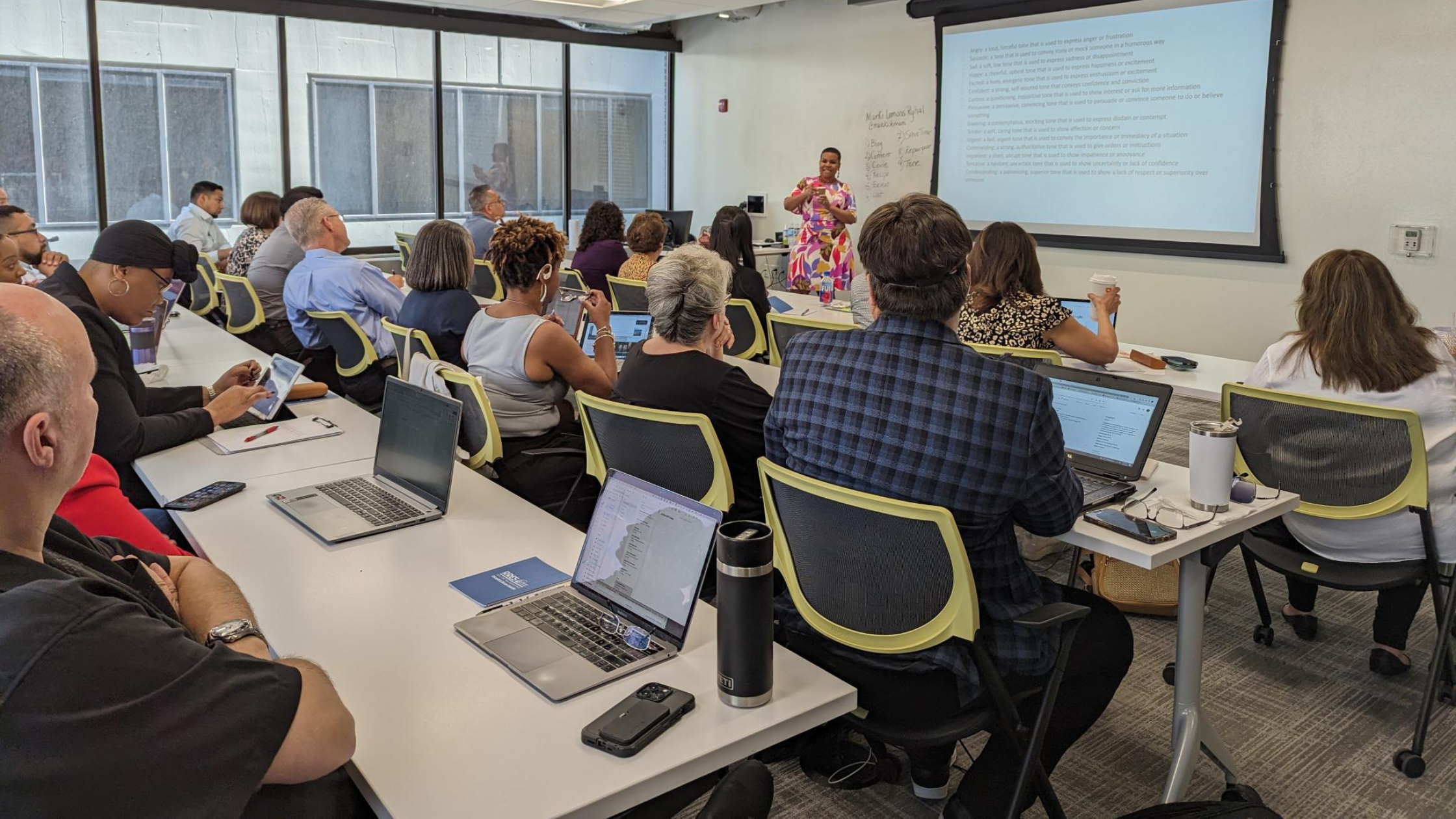Buying a home is one of largest and most important purchases someone can make. So, it makes sense that your potential homebuyer clients – especially less experienced ones – may feel some jitters before close.
One of the most important ways to show value to your clients as a REALTOR® is to ease their worries by serving as their partner and guide throughout the transaction. There are many tools you can use to help your clients feel secure and close the deal. Let’s go through some of the most common fears, and how best to overcome them.
Set the Tone in Your First Meeting
When it comes to overcoming fear, the best defense is a good offense. Meeting with a REALTOR® proves at some level that your potential client is serious enough to push back against some apprehension in entering the market. In fact, NAR research shows homebuyers spend around three weeks on average looking at properties online before contacting an agent. But that doesn’t mean your clients are coming into the first meeting worry-free. Regardless of whether you’ll be working with a first-time homebuyer or an experienced client, your first meeting can set the tone for the rest of your working relationship. Keep in mind these three things for a successful foundation:
- Communication: Find out what makes your clients comfortable. Setting clear boundaries for when it’s appropriate to contact your clients and their preference for texts, calls or emails shows you’re attentive to their needs. If you’re working with a couple, make sure to set a point of contact to make sure everyone has a clear path to communicate. You don’t want to potentially get in the middle of their decision making or accidentally pit one partner against the other by meeting with both at separate times.
- Collaboration: Let your clients know you’re working together as a team to find their dream home, which means you can’t take a one-size-fits-all approach for success. Set the expectation that while they may sometimes defer to your judgement, it doesn’t mean they’ll be cut out of the conversation. Explain that serving as their advocate requires trust, but they will always be the one making the final decisions.
- Education: Don’t assume your clients know anything about the homebuying process. This is your chance to walk them through step-by-step and identify any potential problem areas. Be prepared to answer every question they may have before your meeting. But don’t risk making a bad impression by over-explaining something they’re savvier about. Ask how in-depth into the process they’re interested in getting before you begin and adjust accordingly.
THE BUDGET
Disagreements about budgeting are a major reason couples fight during the homebuying process. Don’t let a disagreement get in the way of submitting an offer or completing a deal. Instead, defuse this tension between your clients by agreeing to a budget upfront.
You can ease some fears by managing their expectations. When you’re discussing a budget to target, make sure your client understands the difference between what they’re qualified to buy and what they’re comfortable to buy. Especially when working with first-time buyers, make sure they understand that just because they qualify for a $600,000 mortgage, other factors should be considered.
Of course, a mortgage is only part of the story. Be sure to walk your clients through the other costs involved, including closing costs, utility expenses and property taxes. In Cook County, properties are assessed every three years. Build trust with your clients by making sure they understand the assessment process, so they won’t get sticker shock. As an expert in the market, you should know exactly how far your client’s dollar can stretch. A great place to start is to gauge what your clients are looking for. Obtain list of amenities and features they can’t live without.
In a competitive market with homes receiving multiple offers, your clients should be ready to act quickly on a home they are interested in. You can reduce some potential uneasiness of a rejected offer by preparing your clients to submit their best at the onset, to be well-positioned in a potential bidding war.
Cross Your T’s and Dot Your I’s
Remember to put yourself in your client’s shoes. Buying a home is a big commitment, and it’s unrealistic to eliminate all fear. Don’t focus on that. Instead, reassure them that you have everything under control. As the buying process transitions to the close, check in again. Projecting confidence, knowing the answers to questions big and small, and having all the paperwork in order will keep the real estate transaction on stable footing – even when your client is having cold feet.







